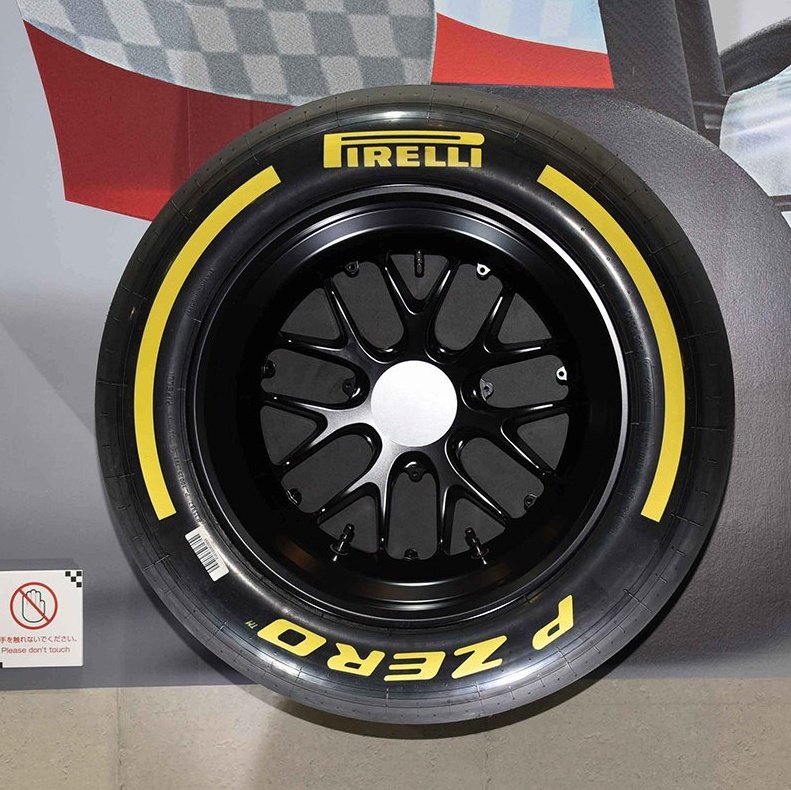
Last but not least for #F12022 reg changes, Aero.
From front to rear things to look out for on the new cars:
Nose shapes are quite free, slim versions are possible, as does the way the tip merges with the front wing with either a short or full length nose.
#F1
From front to rear things to look out for on the new cars:
Nose shapes are quite free, slim versions are possible, as does the way the tip merges with the front wing with either a short or full length nose.
#F1

Layouts will be an early factor in design. With wheelbase capped at 3.6m
Front axle position must be ahead of the pedals
Tunnel inlet is tied to the cockpit position
Tunnel exit tied to the rear axle line.
Front axle position must be ahead of the pedals
Tunnel inlet is tied to the cockpit position
Tunnel exit tied to the rear axle line.

Thus, the layout could vary.
1) push the front axle rearwards to make for longer tunnels, but his places the front tyre wake close to the tunnel/sidepod inlet.
2) push the front axle forwards to keep dirty air away from shorter tunnels.

1) push the front axle rearwards to make for longer tunnels, but his places the front tyre wake close to the tunnel/sidepod inlet.
2) push the front axle forwards to keep dirty air away from shorter tunnels.


Front wings must meet the nose, they can't hang like before.
The height and angle of attack need to consider downforce vs underfloor flow. We could see centre or mid span loaded wings. We're not likely to see outboard loaded designs.
The front element can hang below the nose.

The height and angle of attack need to consider downforce vs underfloor flow. We could see centre or mid span loaded wings. We're not likely to see outboard loaded designs.
The front element can hang below the nose.

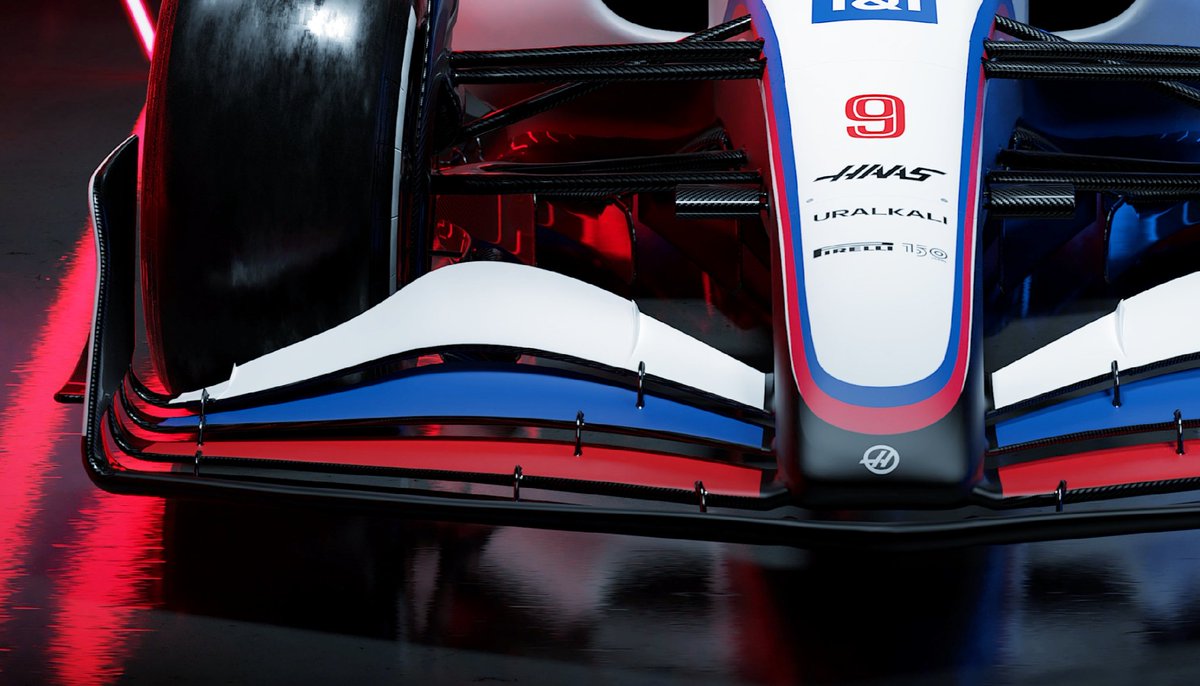
To help the airflow to the following car, around the wheels are vanes to manage tyre squirt and outwash. These are tightly regulated and the brake scoops are limited on development.
These are older spec designs, the actual ones are far more complex! (pics to follow)


These are older spec designs, the actual ones are far more complex! (pics to follow)


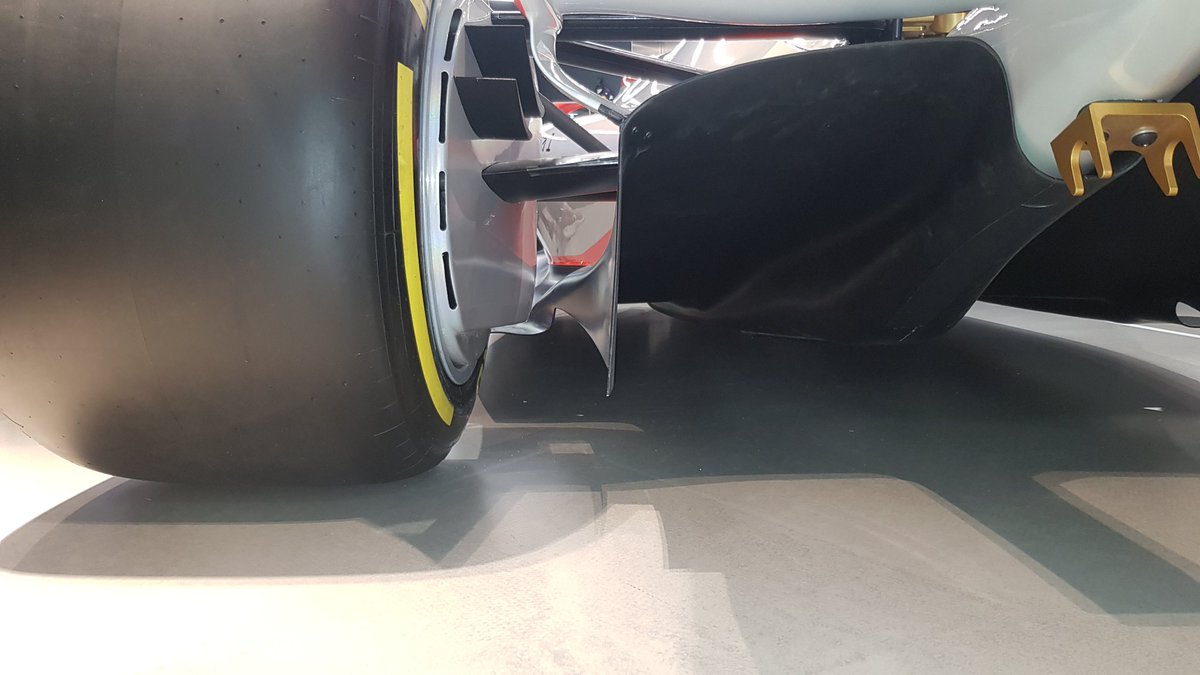
At the front a lot of talk will be about pushrod or pullrod suspension.
The performance difference is probably negligible.
But each solution offers packaging geometry and aero options.
It's more important the positioning of the wishbones, trackrods and p/rods. plus the camera pod

The performance difference is probably negligible.
But each solution offers packaging geometry and aero options.
It's more important the positioning of the wishbones, trackrods and p/rods. plus the camera pod
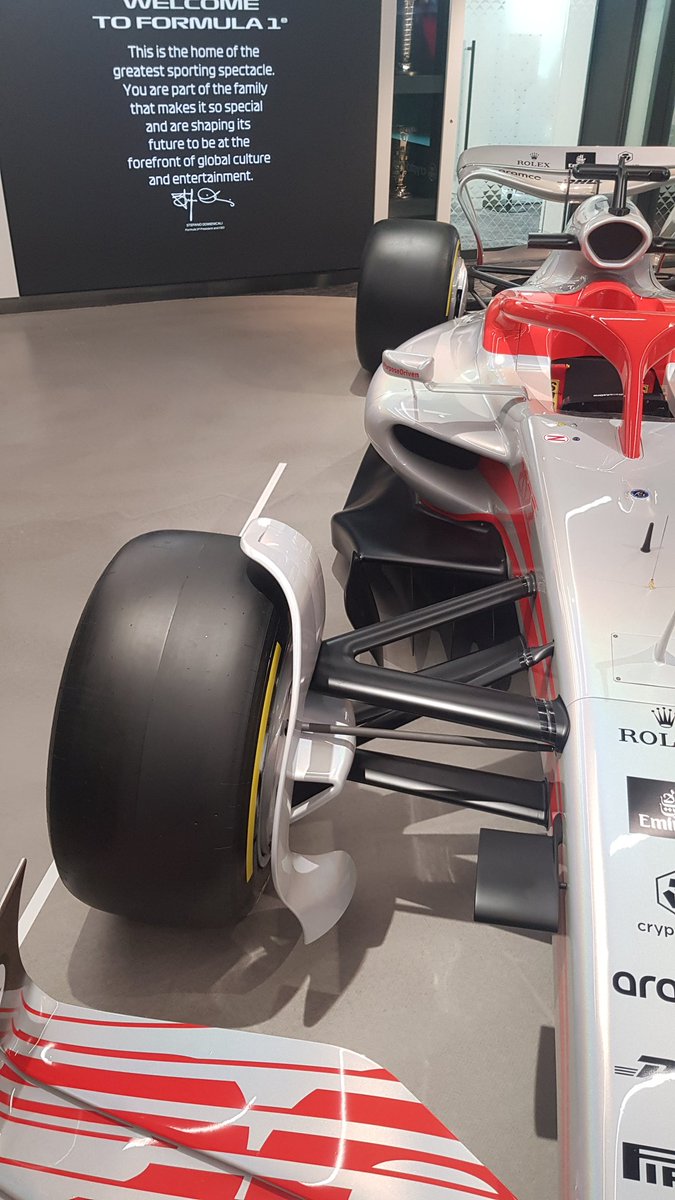

Sidepods will be an area of big differences. Teams can have longer pods with inlets right at the front or shorter versions. Teams will use the front sections to manage outwash for the floor edge and tyre wake. Longer pods allow longer rads for slimmer coke bottle shapes. 




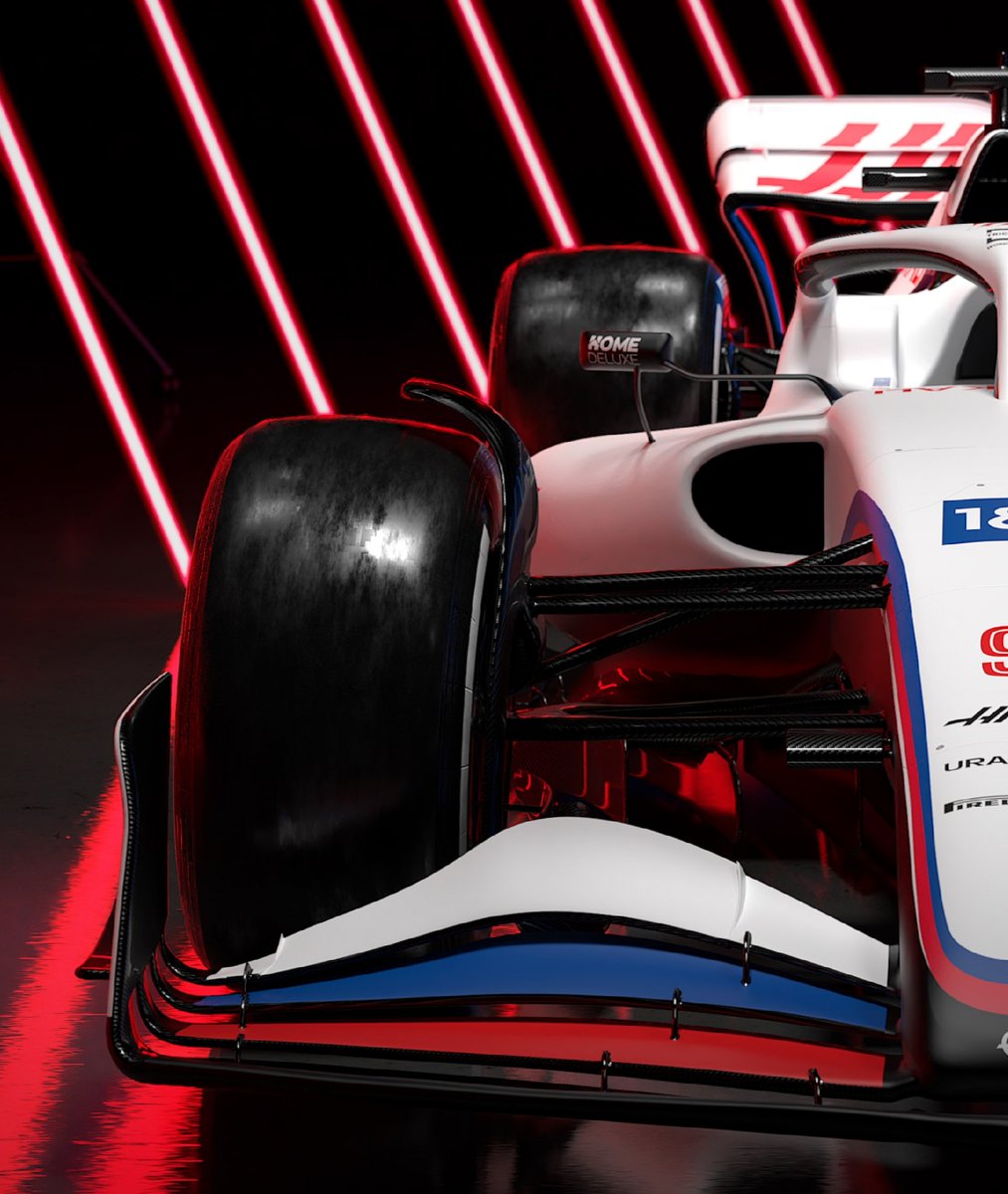
At the back of the sidepods is a new cooling louver panel. Teams could exploit this to create very slim tail sections. Exposing the tunnel exits to more airflow. 



Of critical importance are the tunnel inlets, these needs to be fed with clean airflow from under the front wing.
The curvature of the tunnel, the front edges, the 4 inlet fences and the bib/splitter will be a crucial area for development in order make the most of the underfloor
The curvature of the tunnel, the front edges, the 4 inlet fences and the bib/splitter will be a crucial area for development in order make the most of the underfloor

The floor will create downforce from both flow along the car, but also expanding laterally at the floor edge.
A flap can be added above the floor in this area to help.
The arrangement of the 4 inlet fences will heavily influence the split flow lengthways and sideways.
A flap can be added above the floor in this area to help.
The arrangement of the 4 inlet fences will heavily influence the split flow lengthways and sideways.

The tunnel 'diffuser' section will also require shaping to maximise expansion under the floor, but also to allow a gurney around the trailing edge. 


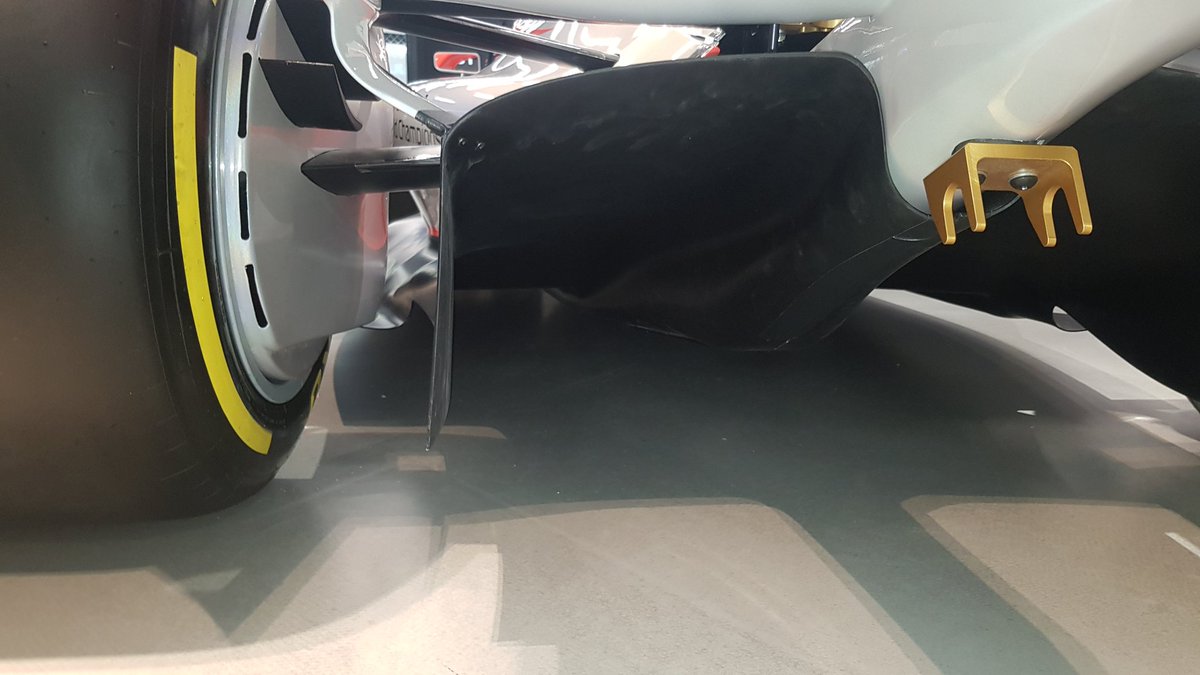
The rear wing WILL keep DRS to aid slipstreaming, which will be worse with the new cars, but the DRS effect will also be reduced with these wing shapes.
We'll see a return of the beam wing, with a 2 element wing sitting above the floor exit and split by the exhaust.
We'll see a return of the beam wing, with a 2 element wing sitting above the floor exit and split by the exhaust.
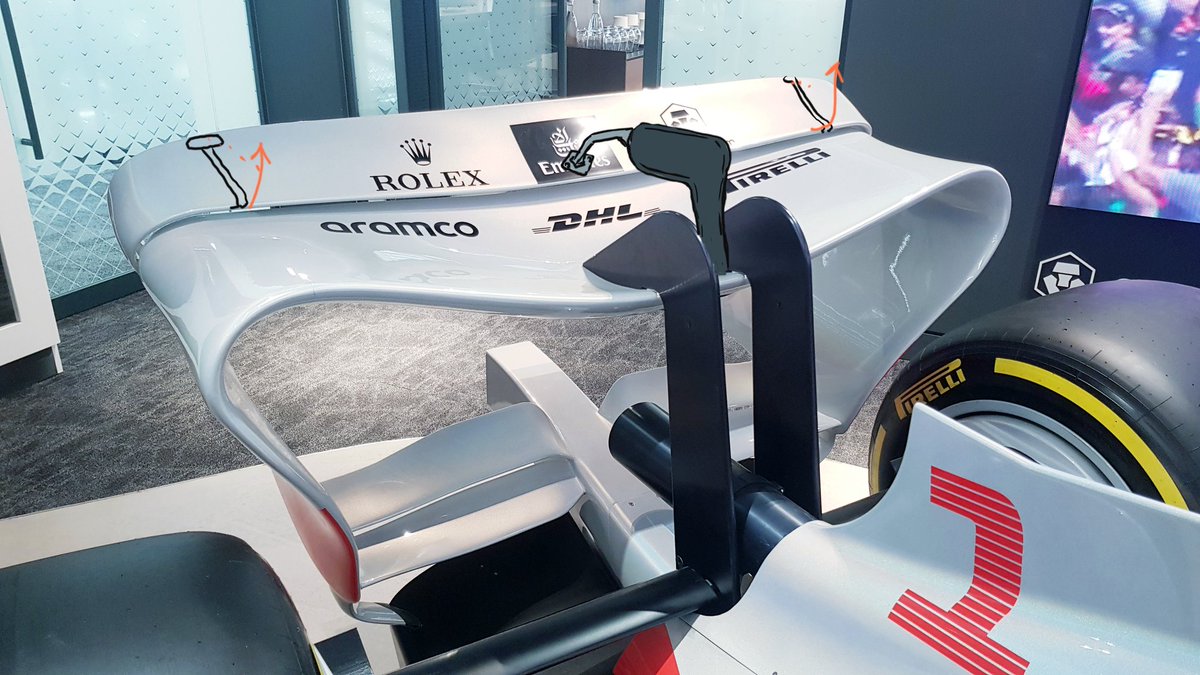
The exhaust is returned to a single pipe, largely to save weight. Its position limits blown effects, although teens will run the beam wing as close as allowed. 


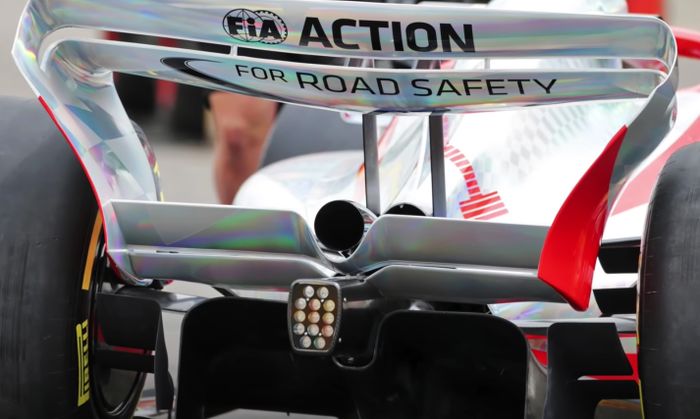
Rear suspension positioning will be different to suit the tunnels and beam wing.
As with the front, the suspension arms must go inside the wheel.
Its possible pushrod ooeration could be used to package better around the tunnels

As with the front, the suspension arms must go inside the wheel.
Its possible pushrod ooeration could be used to package better around the tunnels
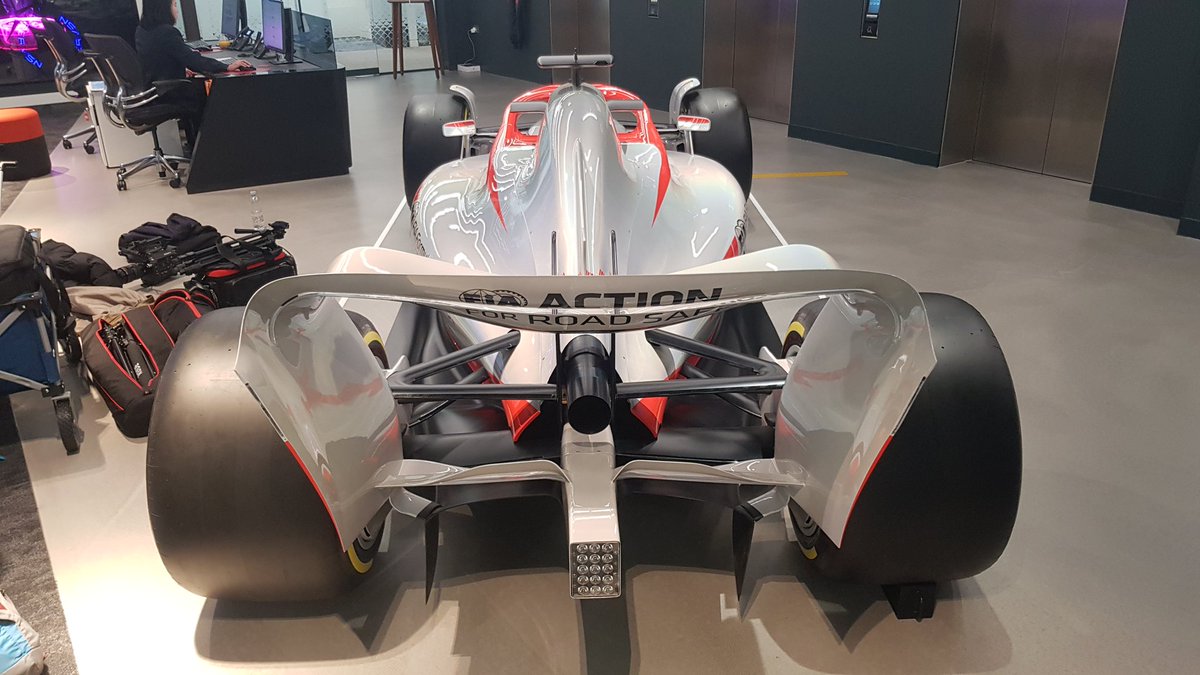

• • •
Missing some Tweet in this thread? You can try to
force a refresh










